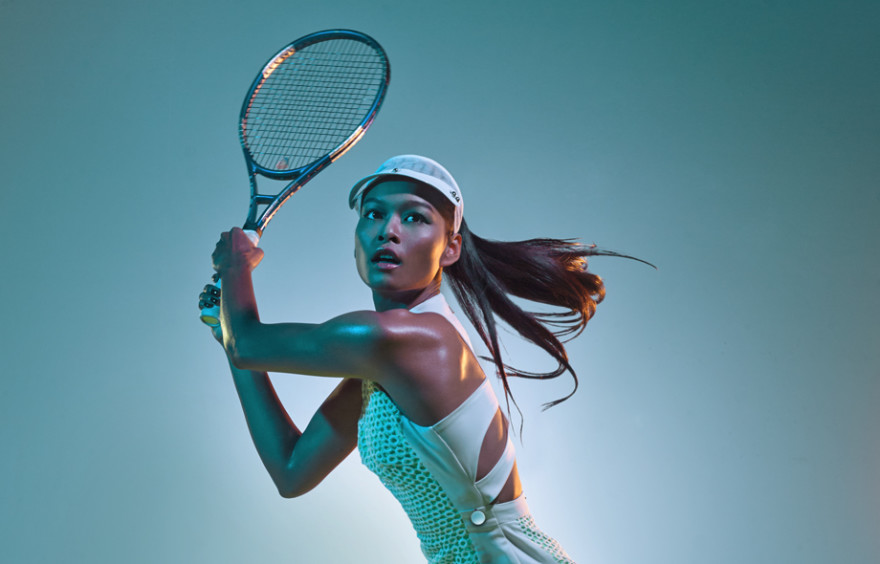KG: What are the differences between products in your portfolio?
WW: The biggest difference between our products is that now we focus on non-tech users, people who don’t understand wearables, but still try to wear them, and we also focus on non-sport. So the target is different. And the second difference is about the features of our product. The major feature difference is that it doesn’t require charging, it also has some additional features; you can use it as your flash control, and take a selfie. Most of the features don’t focus on tracker activities. Shine 2 is 2 millimeters bigger, but thinner than Shine. It has a vibe inside, so it alerts you when there’s a message or phone call. It also has a Link feature, so you can control something else with it.
KG: Do you consider Apple Watch as your competitor?
WW: We’re in the same space, but Apple Watch is a very different product. Apple Watch has a screen, so developers can make apps. Price is also very different. We see Apple Watches as co-existent, both as a partner and a competitor. A product that partly takes the market, but also educates it.
KG: Ok, so are the same users buying Apple Watch and Misfit?
WW: Most people who buy Misfit Shine and Apple Watch are early adopters, they want to try different things first.
KG: What was the biggest challenge for you guys when creating Misfit Shine?
WW: From the product point of view, it’s figuring out what the user really wants. Most people were usually thinking about a product that tracks activity. So… how do you come to the conclusion that you create a product that looks good in the first place? How would people like to wear it? All the other companies are making fitness trackers and we are not following their way.
From an engineering point of view, the most challenging part of it is power. How do we make a product this small, that contains a battery that lasts for 6 months? That’s very very difficult. We made various end-to-end efforts. From product design, hardware engineering, hardware development to software development. We looked through the whole chain to get here. So when you go to the market you wouldn’t see any product that provides you this range of features, is so small, and its battery lasts that long.
Read more…
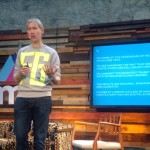
Previous:
Q&A: Matthew Drinkwater. The future of fashion, wearables, and creating new experiences by using data.
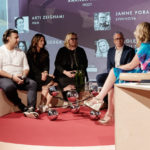
Next:
H&M and fashion tech: new technologies and sustainability
You may also like
-
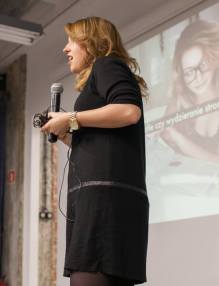 27 Mar
27 MarQ&A: Paulina Barlik of Fashionote – the future of traditional fashion magazines lies in m-commerce
Q&APB: I believe that it today’s love of fashion and design is what will drive ...
-
 07 Dec
07 DecQ&A: Wallace Wu – Misfit Inc. Creating wearables with fashion in mind.
Q&AKG: What are the differences between products in your portfolio? WW: The biggest difference between ...
-
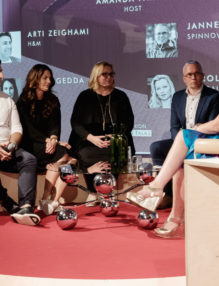 11 Jun
11 JunH&M and fashion tech: new technologies and sustainability
Q&AStokholm – a capital city of Sweden, Ikea and H&M. I came to this beautiful ...
-
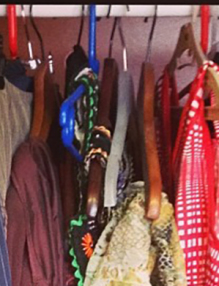 08 Dec
08 DecQ&A with Dominika Bęben [EDISONDA]: how to increase the usability of a small fashion ecommerce websites
Q&ABrowsing the websites of young designers, I have noticed that they do not focus on ...

